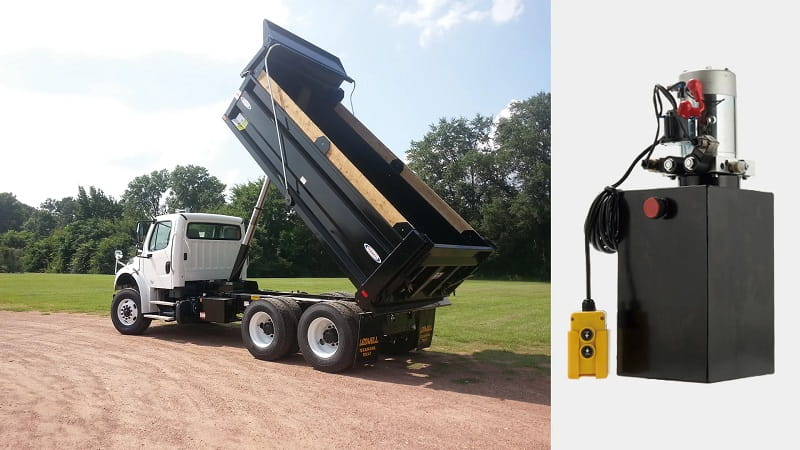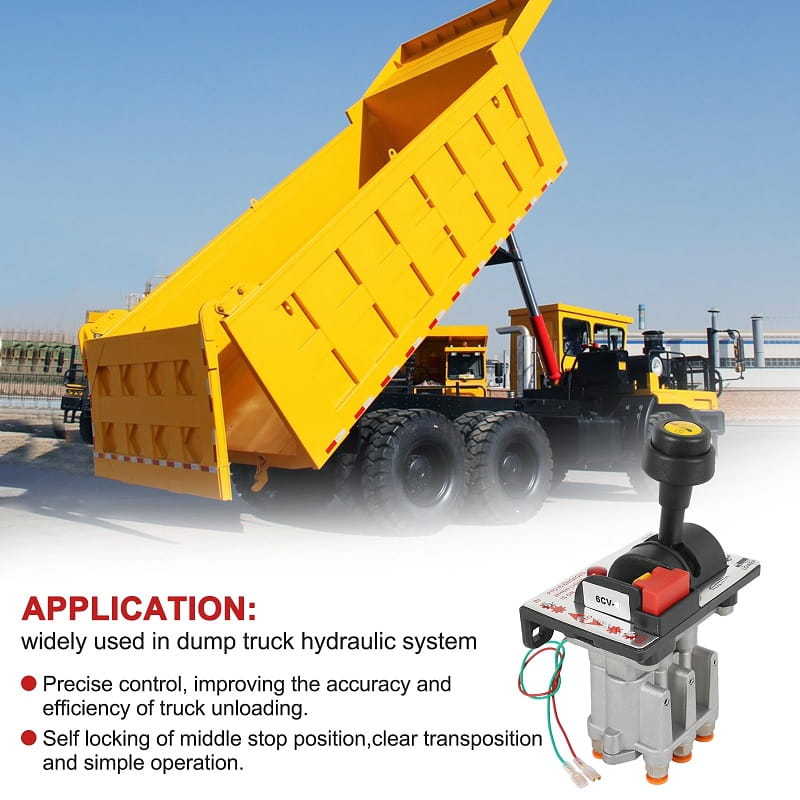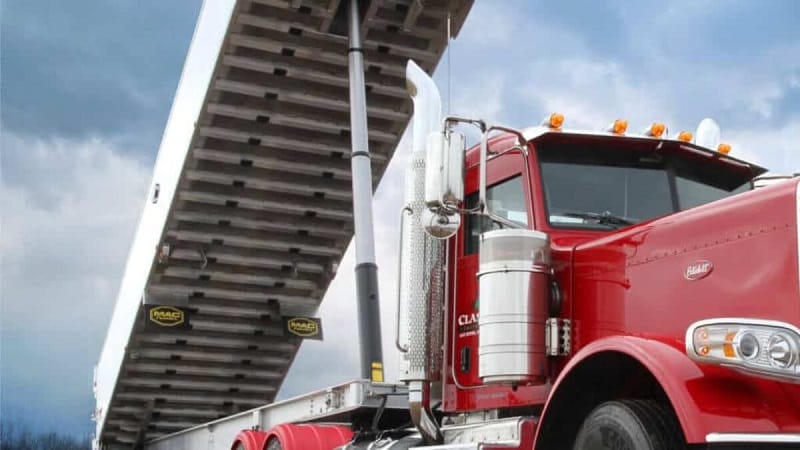Understanding Dump Truck Hydraulic System: Components, Function, and Maintenance catdumptruck.com | The hydraulic system in a dump truck is a crucial mechanism that allows the truck to lift and unload heavy materials efficiently. This system operates using pressurized hydraulic fluid to generate the necessary force for lifting the dump bed.
Understanding the components, operation, and maintenance of a dump truck’s hydraulic system is essential for ensuring optimal performance and longevity.
This article provides an in-depth look at the dump truck hydraulic system, covering its components, functionality, common issues, and best maintenance practices.
Components of a Dump Truck Hydraulic System
A dump truck’s hydraulic system consists of several key components that work together to provide the lifting force needed to tilt the dump bed. These include:
1. Hydraulic Pump
The heart of the hydraulic system, responsible for generating fluid pressure.
Powered by the truck’s engine via a PTO (Power Take-Off) system.
Common types include gear pumps, piston pumps, and vane pumps.
2. Hydraulic Fluid
Transmits power throughout the system.
Provides lubrication, cooling, and anti-corrosion protection.
Types include petroleum-based, synthetic, and biodegradable hydraulic fluids.
3. Hydraulic Cylinder
Converts hydraulic pressure into mechanical force to lift the dump bed.
Typically a telescopic or single-stage cylinder.
Requires regular inspection for leaks and wear.
4. Hydraulic Tank (Reservoir)
Stores and supplies hydraulic fluid to the system.
Equipped with filters and breathers to prevent contamination.
Must be regularly checked for proper fluid levels.
5. Control Valve
Directs hydraulic fluid flow to extend or retract the cylinder.
Operated manually or via an electronic control system.
Needs periodic cleaning and maintenance.
6. Hoses and Fittings
Carry hydraulic fluid between components.
Must be made of high-pressure resistant materials.
Susceptible to wear, leaks, and blockages.
How the Dump Truck Hydraulic System Works
The hydraulic system in a dump truck operates in a sequential manner to lift and lower the dump bed efficiently. The process involves the following steps:
Engaging the PTO System
The truck’s engine powers the hydraulic pump via the Power Take-Off (PTO) system.
Engaging the PTO activates the hydraulic system.
Pressurizing the Hydraulic Fluid
The pump draws hydraulic fluid from the reservoir and pressurizes it.
The control valve directs the fluid toward the hydraulic cylinder.
Extending the Hydraulic Cylinder
Pressurized fluid enters the cylinder, forcing it to extend.
The extension lifts the dump bed, allowing material to unload.
Lowering the Dump Bed
The control valve reverses the fluid flow, retracting the cylinder.
The dump bed returns to its original position.
Understanding Dump Truck Hydraulic System: Components, Function, and Maintenance

Common Hydraulic System Issues and Troubleshooting
Despite their reliability, hydraulic systems in dump trucks can experience issues that may affect performance. Here are some common problems and how to address them:
1. Hydraulic Fluid Leaks
Causes: Worn-out seals, damaged hoses, loose fittings.
Solution: Inspect and replace faulty components; ensure all connections are secure.
2. Slow or Weak Lifting Action
Causes: Low hydraulic fluid levels, air in the system, worn-out pump or cylinder.
Solution: Check and refill fluid, bleed air from the system, replace worn components.
3. Overheating of Hydraulic Fluid
Causes: Excessive load, continuous operation without cooling, fluid contamination.
Solution: Use the correct fluid type, allow cooling breaks, maintain proper filtration.
4. Unstable or Jerky Operation
Causes: Contaminated fluid, clogged filters, malfunctioning control valve.
Solution: Replace hydraulic fluid, clean or replace filters, inspect and repair valves.
Understanding Dump Truck Hydraulic System: Components, Function, and Maintenance
Best Practices for Hydraulic System Maintenance
Regular maintenance of the hydraulic system ensures long-lasting performance and prevents costly repairs. Here are the key maintenance practices:
Regular Fluid Checks
Monitor hydraulic fluid levels and top up as needed.
Use manufacturer-recommended hydraulic fluid.
Routine Filter Replacement
Clean or replace filters regularly to prevent contamination.
Ensure breathers are functioning properly.
Inspect Hoses and Fittings
Check for signs of wear, leaks, or cracks.
Replace damaged components immediately.
Monitor Cylinder Condition
Look for leaks or abnormal movements in the hydraulic cylinder.
Repair or replace worn seals and components.
Flush the System When Necessary
If contamination is detected, flush the hydraulic system before adding new fluid.
Operate the System Correctly
Avoid overloading the dump truck beyond its hydraulic capacity.
Engage and disengage the PTO system properly.
Conclusion
The hydraulic system is an essential part of a dump truck, providing the necessary lifting power for efficient material handling.
Understanding its components, functionality, and maintenance is crucial for ensuring optimal performance and longevity.
By following proper maintenance practices, monitoring hydraulic fluid conditions, and troubleshooting issues proactively, dump truck operators can enhance reliability, reduce downtime, and extend the lifespan of their hydraulic systems. A well-maintained hydraulic system ensures safety, efficiency, and productivity in dump truck operations.
- 2004 Mack Dump Truck - April 21, 2025
- 2007 Mack Dump Truck: A Reliable Workhorse - April 20, 2025
- 2025 Mack Dump Truck: Innovation Meets Power - April 19, 2025





